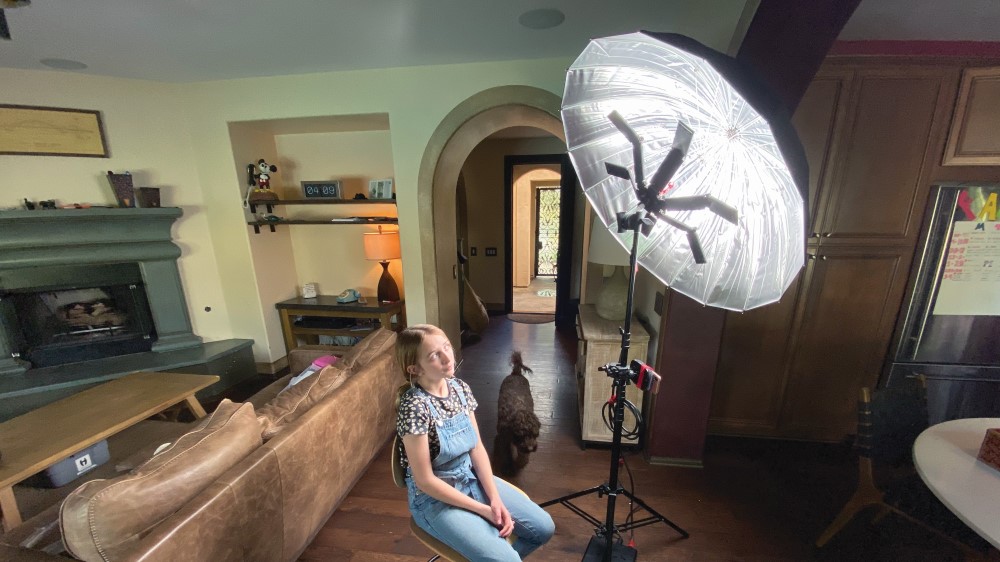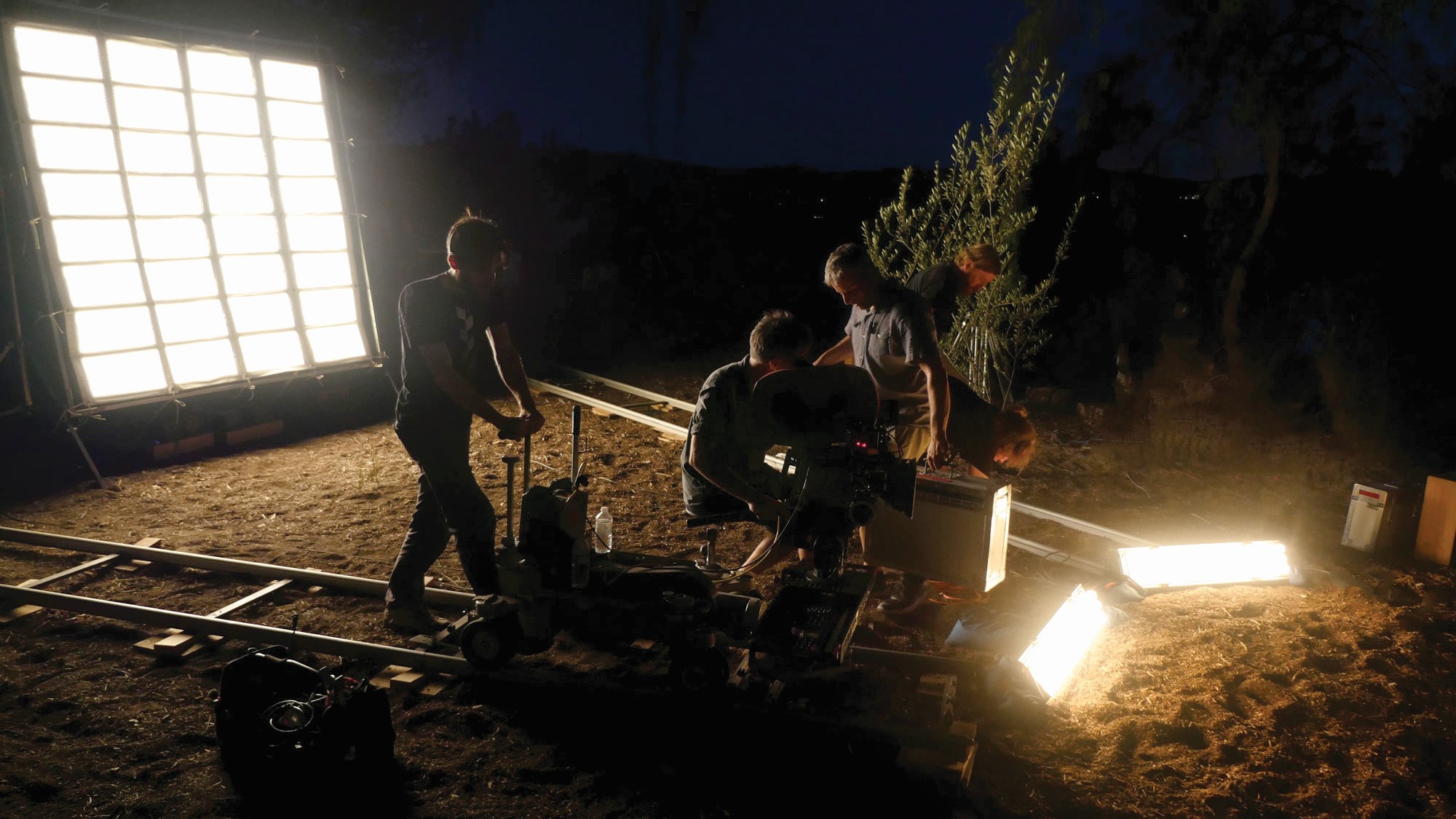Achieving Quality With LED Arrays
Compact size and versatility enable illumination in areas difficult to access

LEDs are the lights of the present and the future. Though we still utilize HMI, tungsten and other lighting technologies, LEDs keep gaining momentum and are on sets everywhere. They have evolved into beautiful key lights on all types of skin tones, all the while becoming more versatile and lightweight. Because of their compact size, some can be placed in very small places in order to illuminate from areas that were difficult to access before.
HUDSON SPIDER
Soft light is extremely popular, but softening LEDs has been a challenge since a lot of space is needed. Slapping diffusion onto LEDs, up close to the source, isn’t effective. However, some units are offering more structural changes and accessories that allow light to become softened closer to the light fixture itself.
One prime example is the Hudson Spider. It has several arrays of LEDs that fold into themselves for a lightweight, easily transportable unit. Its soft box options are also easier to apply than most—instead of using firm metal rods, it slips on to each LED arm and then uses a zipper to shut. The Hudson Spider can be formed into different sizes depending on how extended its arms are, so you can create bigger light sources.
The thing that sets Hudson Spider apart when it comes to really achieving beautiful light quality is that the arrays are spread out. Each array is a single arm that extends from the center of the fixture, with space between each arm, so in an umbrella or other reflector build, the LED light is spread out and broken up more than a wall of LEDs would be. Because the arrays are so slim, actually placing into the parabolic backing gets them naturally further away from diffusion that comes with the kit and is placed at the front of the soft box, making these options more viable.
LITETILE
LiteTile from LiteGear has been another great tool for creating larger sources that can be softened. They come in different sizes including 2x8 square feet and 4x4 square feet. Attaching velcro frames for diffusion on their other products such as LiteMat does not do a decent job of softening because it’s so close to the light.
LiteTile skips over this and allows you to create your own space between unit and diffusion and other shaping tools, which ultimately makes for a better quality source. Because of their slim profile, LiteTile can be rigged with diffusion that matches it in size, hung from a grid or ceiling and fit into tight spaces. You can also obviously “tile them together” and create much larger panels of light, depending on the job.

Additionally, what is great about lights such as the Hudson Spider or LiteGear’s lights is that they’re bi-color. You can dial in anything on the Kelvin scale from 2,600K to 6,500K, depending on the specific unit. They also come equipped with a dimmer pack so you can control intensity easily and offer the option of running off of either battery power or house power.
The professional video industry's #1 source for news, trends and product and tech information. Sign up below.
These features have been around for a while but the thing that LED manufactures have been trying to perfect is this ability to shape and soften with the tools inside of the LED’s kit. They come with egg crates, umbrellas or backings and multiple flavors of diffusion.
Worth mentioning is LiteRibbon, which is defined by being a single, flexible strip of LEDs. However it is not a large array and even harder to soften. The smaller the group of LEDs, the more it makes sense to simply use for harder lighting accents. Even if super thick diffusion was to be laid on smaller sources, the quality is just not as soft and spread out. So something like a strip of LEDs is better utilized for glows of light under the lip of a bar, behind furniture, etc.
There are countless manufacturers of LED units for the television and film industries. It’s important to make sure that whatever lighting is purchased is a quality product—not just in the quality of the light emitted but its color, power and other options for altering the light. LiteGear and the Hudson Spider are just some of the quality brands available. The future for LED lighting is an exciting one as the technology continues to advance.
Julia Swain is a cinematographer whose work includes films such as “Lucky” and “Speed of Life” alongside dozens of commercials and music videos. She continues to shoot on a variety of formats, seeking to create compelling visuals for every story and brand. She can be reached through TV Technology.
